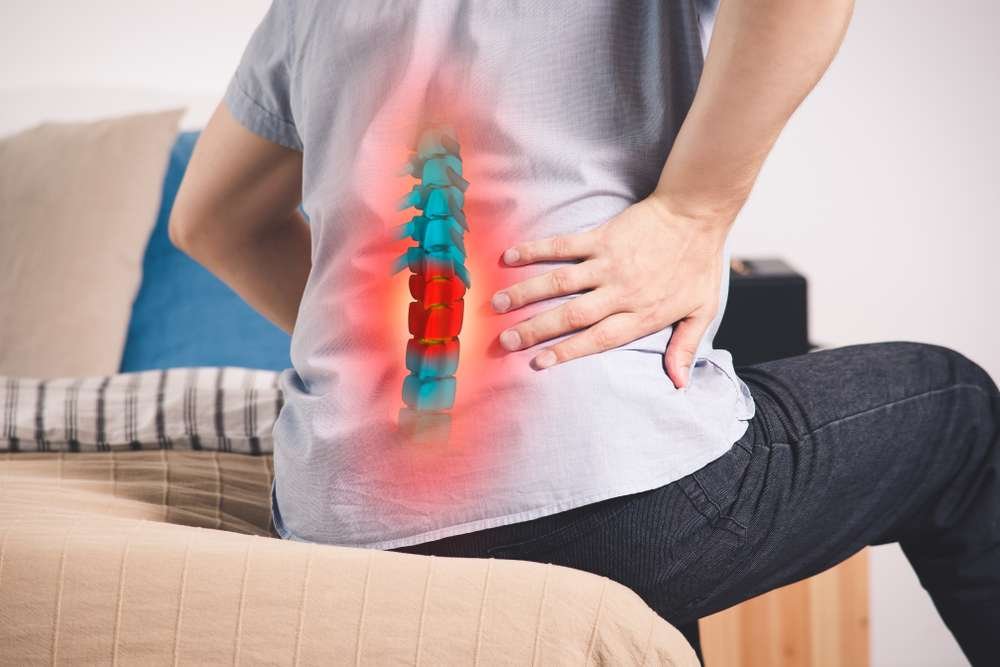
SPONDYLOLYSTHESIS
Best Spondylolisthesis Treatment in Lucknow
Spondylolisthesis is a defect or fracture of part of the vertebral bone called the pars interarticularis. It usually occurs in the lumbar region. Spondylolisthesis (Low Back) is a forward slippage of one vertebral body on top of another.
What are the symptoms of spondylolisthesis?
Usually we have slow onset of symptoms. The common symptoms may include:
- Low back pain
- Feeling of tightness in the back of thighs
- Pain radiating down the legs
- Difficulty with upright posture and gait
- Difficulty in getting out of bed
- Pain on turning in bed
- Pain on sitting for long duration

Patients have pain in the back because of the unstable movement of the vertebra. Leg pain is because of pressure on the nerves.
The patient may be treated surgically or non-surgically. Treatment can only be decided after thorough examination and investigations. Every patient will have to be individually evaluated and after considering the extent of the spondylolisthesis, age of the patient, presence of medical conditions and expectations of the patient. Only then can a treatment protocol be decided.
Most patients with spondylolisthesis have acute episodes of pain with intervening pain free periods. These symptoms usually improve with rest and time.
Patients who have one or more of the following symptoms may require surgery.
- Worsening of back pain or persistent leg pain with no improvement even with adequate rest and analgesics
- Weakness of the legs,
- Disturbance of bowel or bladder function
- Progressive forward slipping of the vertebra.
The goals of surgery are
- To prevent further slipping of the vertebra
- To relieve the pressure on the spinal nerves
This will require stabilization of the spine with rods and screws as well as decompression of the nerve roots. We usually put a spacer in the disc space with bone graft.
Posterior Instrumentation and Fusion- Fusion is the surgery by which the two abnormally moving vertebrae are joined and become a single unit. Instrumentation (stabilization) is the use of metal screws and rods to hold the vertebrae in position till they fuse. Fusion is achieved by placing a bone graft over the back of the vertebrae.
In most cases patients will be ready to walk within the first few days of surgery. Following this a physiotherapist will be there to assist you to start walking and then proceed to spine strengthening exercises. You will be instructed to follow a home program of activity and exercises and asked to come for regular followup
